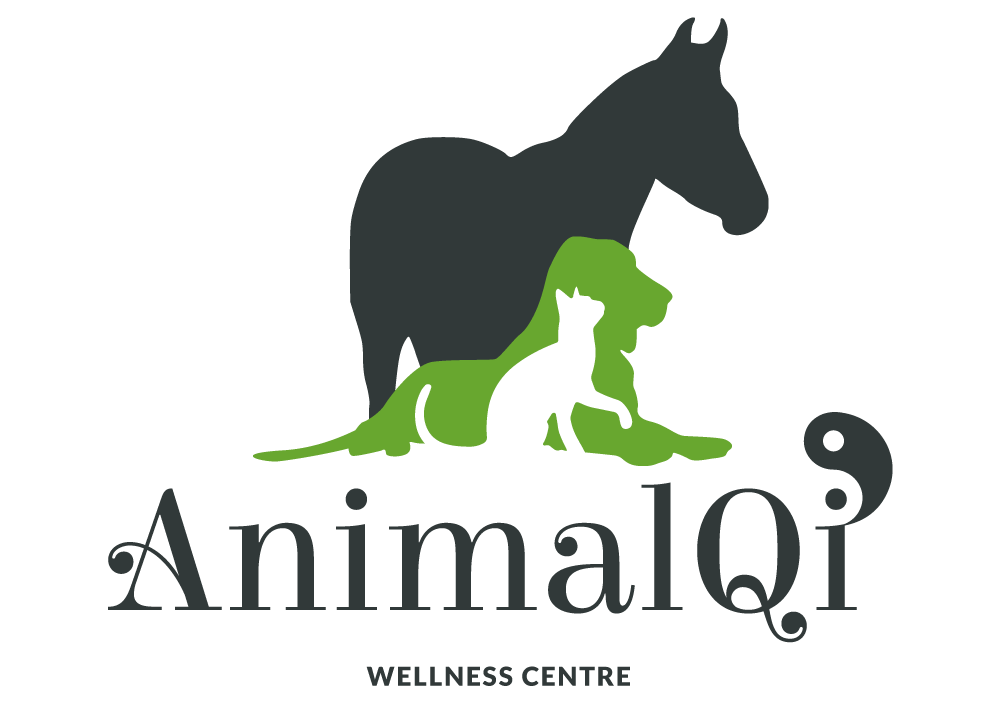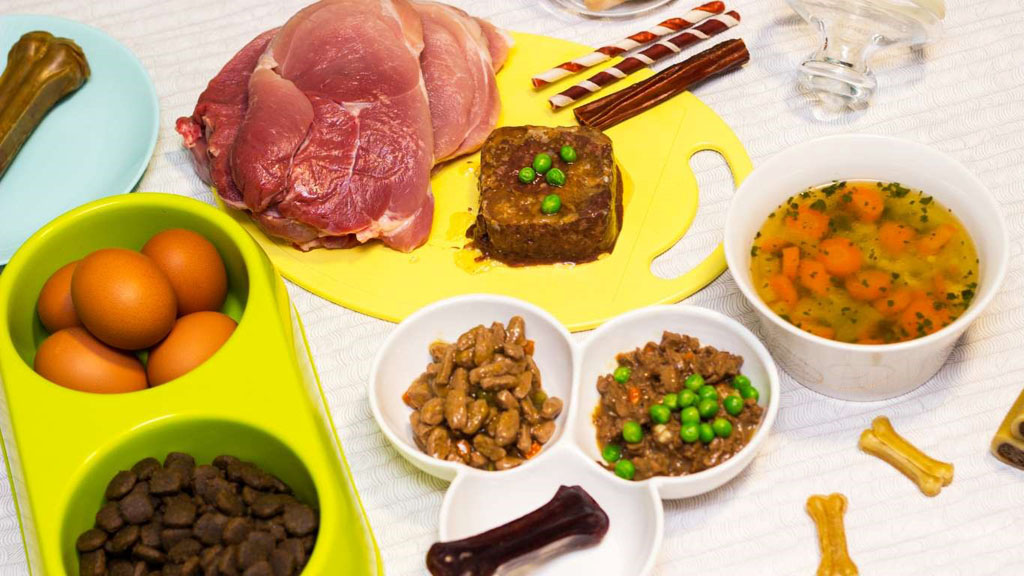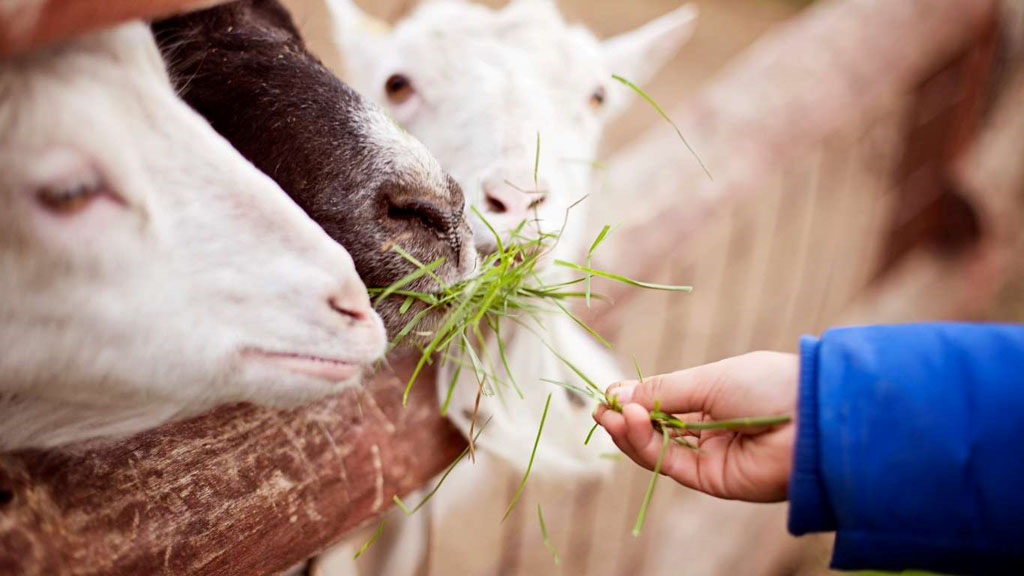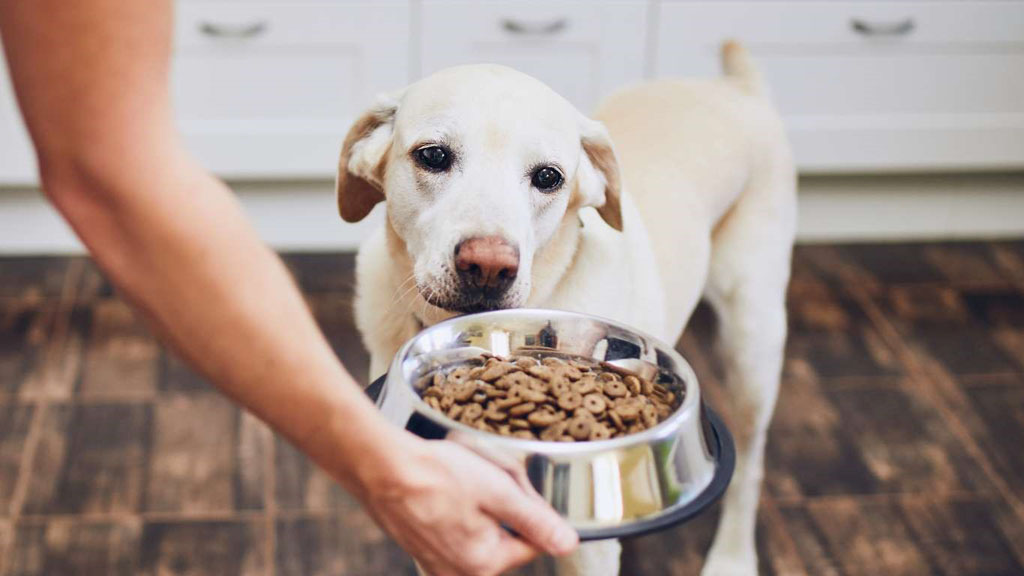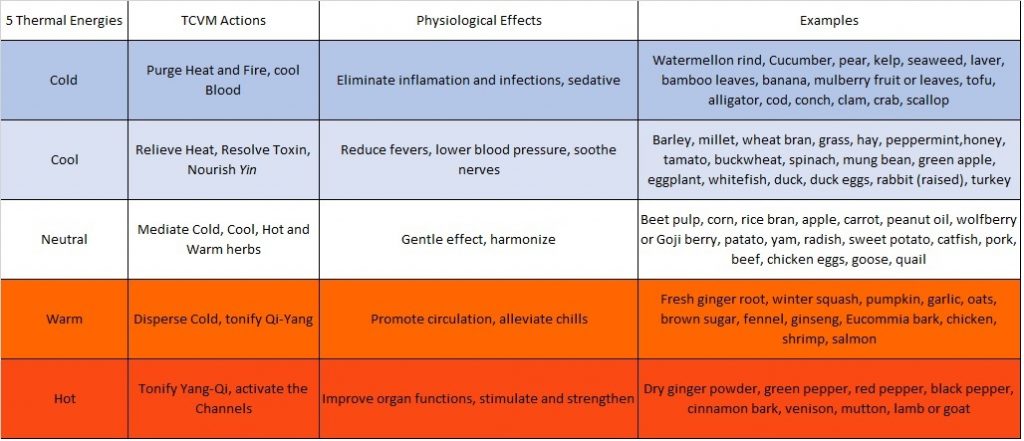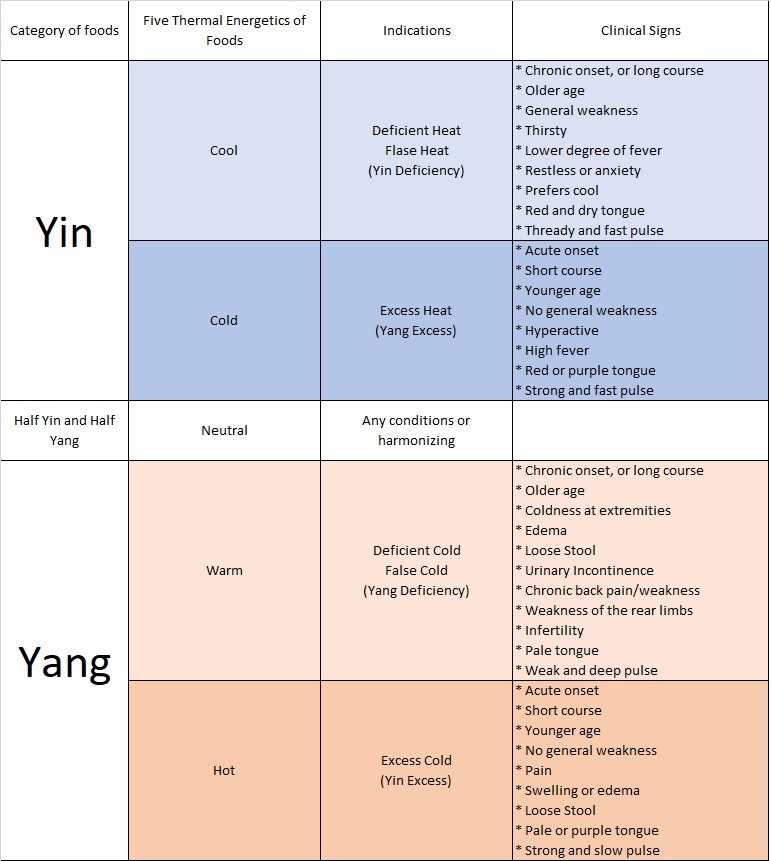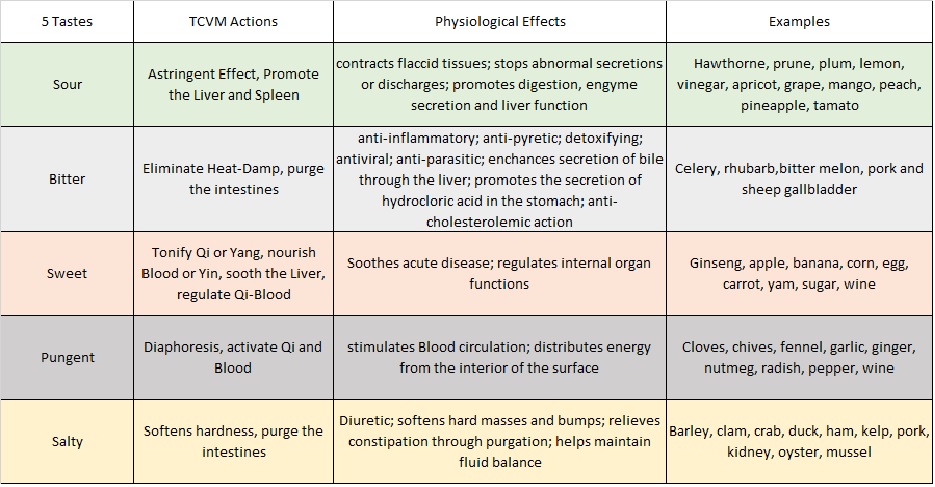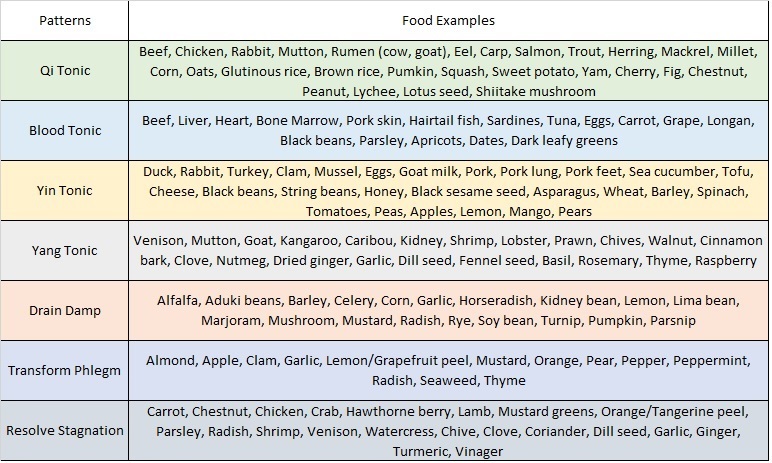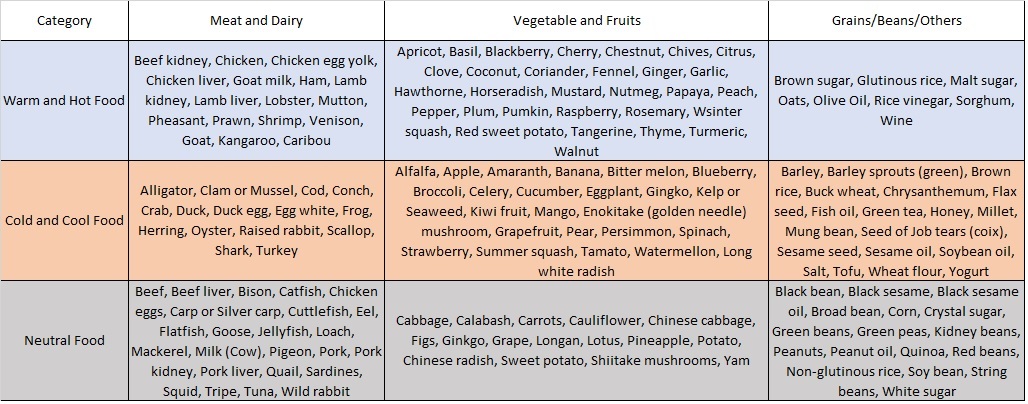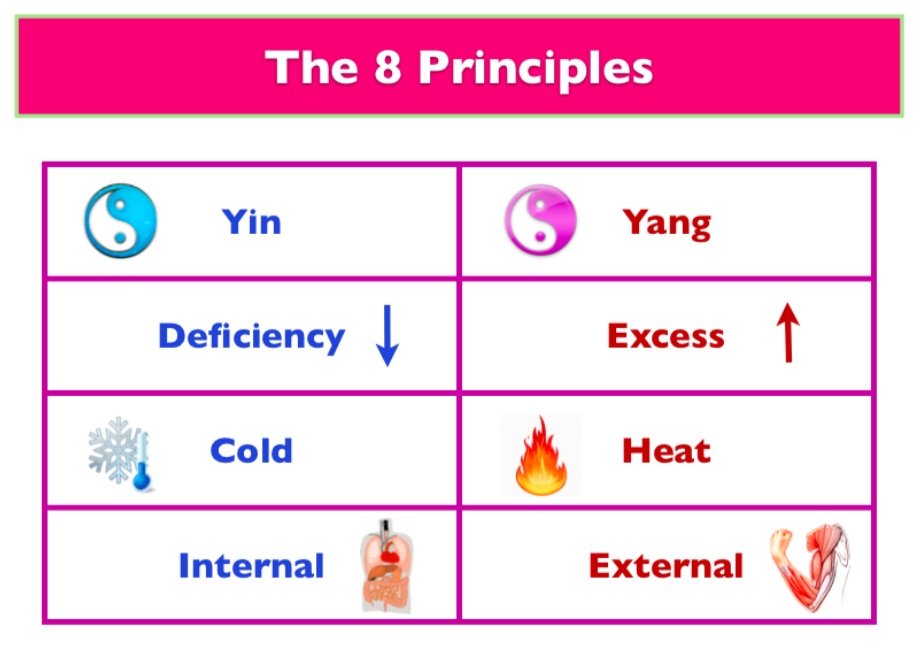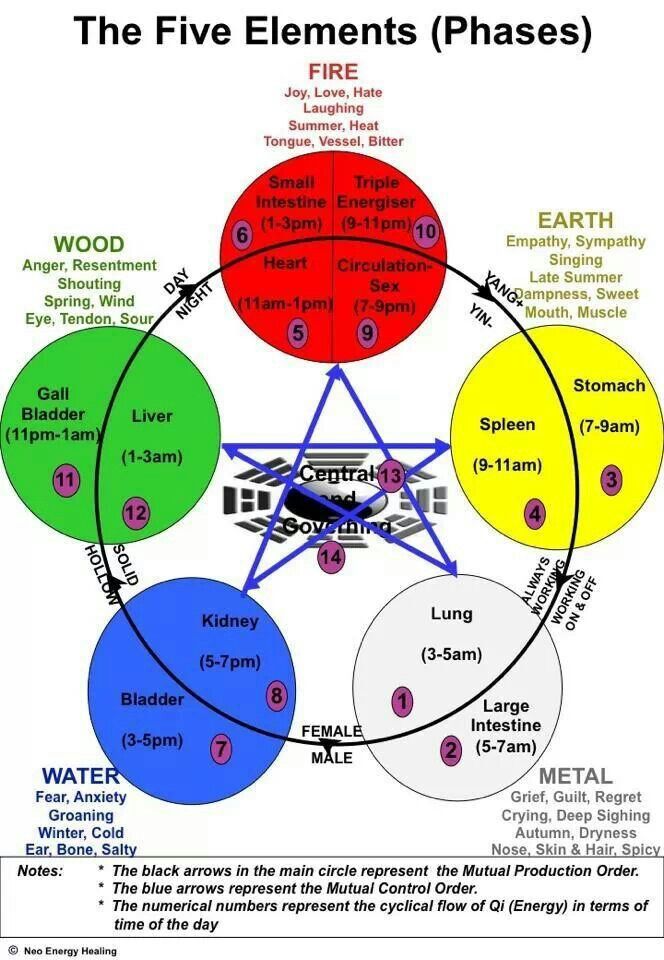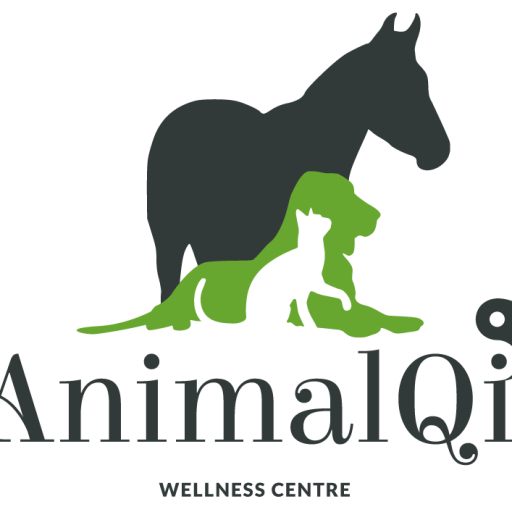
Fresh Food vs. Dry Kibble: Pros and Cons of Feeding Your Dog
Fresh Food vs. Dry Kibble: Pros and Cons of Feeding Your Dog
When it comes to feeding your dog, the choice between fresh food and dry kibble is one that many pet owners face. Both options have their benefits and drawbacks, and understanding these can help you make the best decision for your furry friend. Below, we’ll explore the pros and cons of feeding your dog fresh food versus dry kibble.

Fresh Food: The Pros and Cons
Pros of Fresh Food
-
Nutritional Quality
Fresh food, often referred to as a raw or homemade diet, typically contains higher-quality ingredients than commercial dry kibble. These diets often include whole meats, vegetables, and grains, providing your dog with a more natural and nutrient-rich diet. -
Fewer Fillers and Additives
Fresh food diets are usually free from the fillers, artificial preservatives, and additives commonly found in dry kibble. This means your dog is getting more of what they need and less of what they don’t. -
Improved Digestion
Many dogs experience improved digestion on a fresh food diet. The natural ingredients are often easier for dogs to digest, leading to healthier stools, less gas, and fewer digestive issues. -
Better Skin and Coat Health
The high-quality proteins and essential fatty acids found in fresh food can lead to a shinier coat and healthier skin. Dogs on fresh food diets often have fewer issues with dry skin and shedding. -
Weight Management
Fresh food diets can be more tailored to your dog’s specific needs, allowing for better control over their weight. Since fresh food is often more satiating, it may help reduce overeating and weight gain.
Cons of Fresh Food
-
Cost
Fresh food diets can be significantly more expensive than dry kibble. The cost of purchasing high-quality ingredients or pre-prepared fresh food meals can add up quickly, making it less accessible for some pet owners. -
Time and Effort
Preparing fresh food for your dog requires time and effort. If you’re making the meals yourself, you’ll need to plan, shop, and cook regularly. Even purchasing pre-prepared fresh meals requires more effort than simply scooping kibble from a bag. -
Nutritional Imbalance
Unless carefully formulated, fresh food diets can lead to nutritional imbalances. It’s crucial to ensure your dog is getting all the vitamins, minerals, and nutrients they need, which often requires consultation with a veterinary nutritionist. -
Storage and Freshness
Fresh food needs to be stored properly to prevent spoilage. This usually means refrigerating or freezing meals, which can be inconvenient and requires extra space. -
Risk of Contamination
Fresh food, especially raw diets, carries a higher risk of bacterial contamination (e.g., Salmonella or E. coli), which can pose health risks to both your dog and your family if not handled correctly.
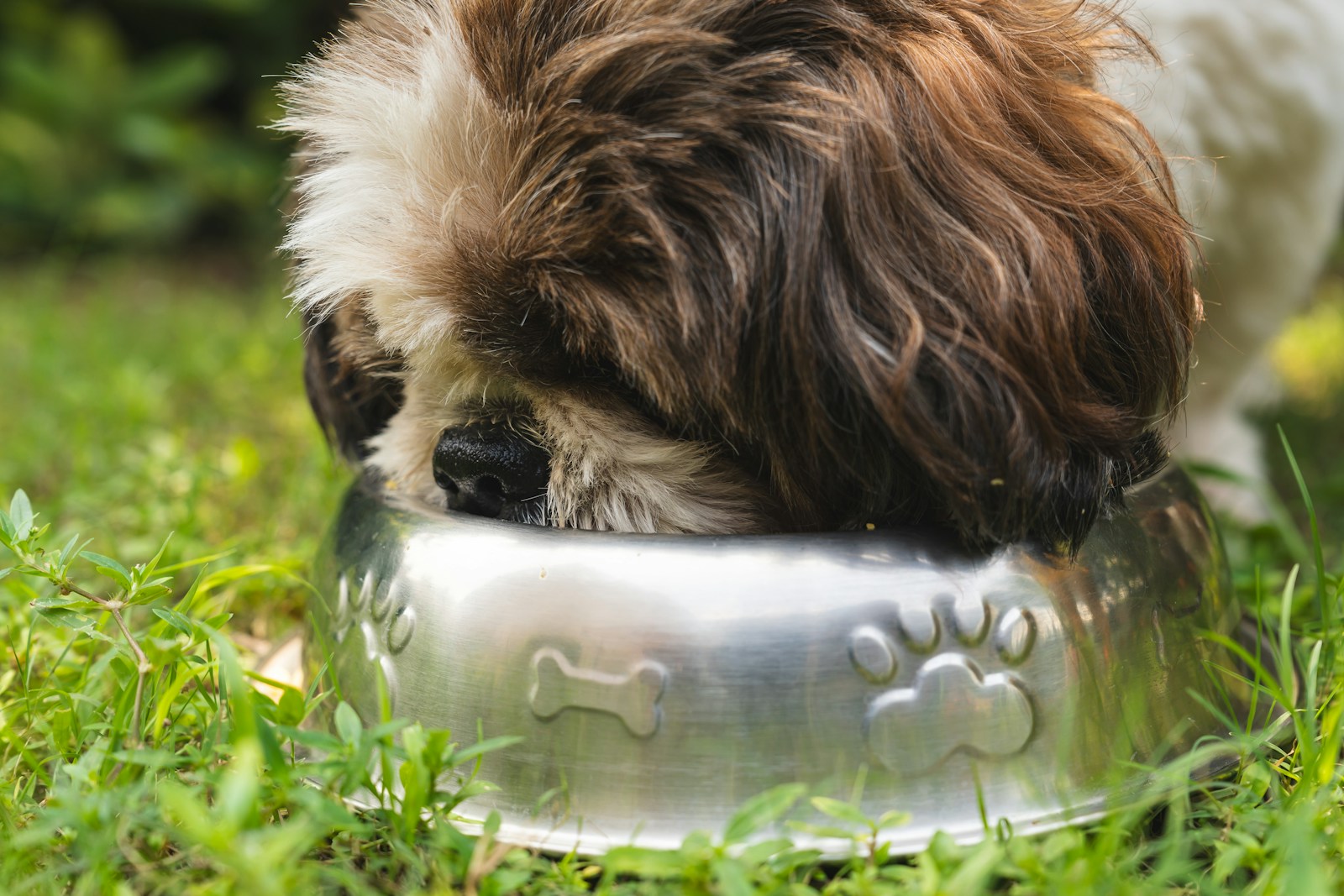
Dry Kibble: The Pros and Cons
Pros of Dry Kibble
-
Convenience
Dry kibble is incredibly convenient. It’s easy to store, doesn’t require refrigeration, and can be left out for dogs to graze on throughout the day. It’s a practical choice for busy pet owners. -
Cost-Effective
Dry kibble is generally more affordable than fresh food, making it a budget-friendly option for many pet owners. It’s available in a wide range of price points, so you can find something that fits your budget. -
Nutritional Balance
Most commercial kibbles are formulated to meet the complete nutritional needs of dogs, ensuring they get the right balance of proteins, fats, vitamins, and minerals. This makes it easier to provide a balanced diet without needing to supplement. -
Dental Health
Some kibble brands are designed to help clean your dog’s teeth as they chew, reducing plaque and tartar buildup. While not a replacement for regular dental care, it can be a helpful addition. -
Long Shelf Life
Dry kibble has a long shelf life, making it easy to buy in bulk and store for extended periods. This is particularly beneficial for households with multiple dogs or those who prefer to stock up.
Cons of Dry Kibble
-
Lower Nutritional Quality
While kibble is nutritionally balanced, it often contains lower-quality ingredients compared to fresh food. Many brands include fillers, by-products, and artificial additives that may not be as beneficial for your dog’s health. -
Digestive Issues
Some dogs may have difficulty digesting dry kibble, leading to issues like bloating, gas, or irregular stools. The lack of moisture in kibble can also contribute to dehydration, especially in dogs that don’t drink enough water. -
Less Palatable
Kibble is generally less appetizing than fresh food. Some dogs may be picky eaters and refuse to eat kibble, leading to mealtime battles and potential nutritional deficiencies. -
Potential Allergies
Some dogs may be allergic or sensitive to certain ingredients commonly found in kibble, such as grains or certain proteins. This can lead to skin issues, itching, and other allergic reactions. -
Overeating and Obesity
The convenience of kibble can sometimes lead to overfeeding, especially if you’re free-feeding your dog. This can contribute to obesity and related health issues if not carefully managed.
Choosing between fresh food and dry kibble ultimately depends on your dog’s specific needs, your lifestyle, and your budget. Fresh food offers a more natural, nutrient-rich diet but comes with higher costs and more effort. Dry kibble is convenient, cost-effective, and nutritionally balanced but may contain lower-quality ingredients. At AnimalQi Veterinary Clinic, we’re here to help you make the best decision for your dog’s health. If you have any questions or need guidance, don’t hesitate to reach out to our team. Your dog’s well-being is our top priority!
Book an APPOINTMENT today!
Please email us at [email protected]
Our experienced team of veterinarians is here to help your pet feel their best.
(Diagnoses and treatment advice will not be given on email of WhatsApp)
